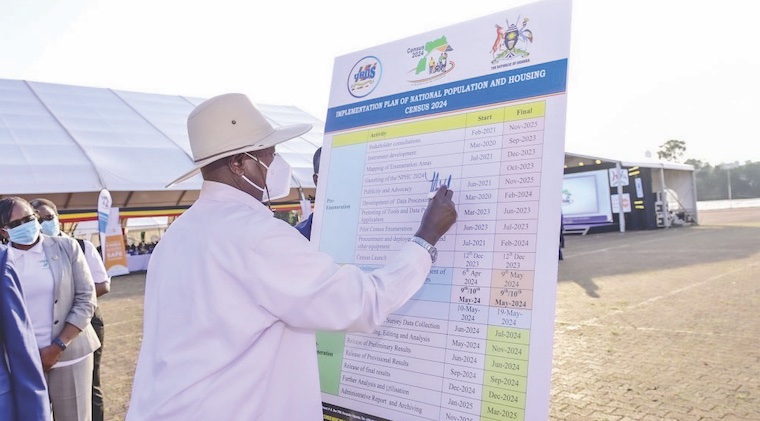East Africa Tourism Soars: Double the Visitors by 2025

The EAC unified tourist destination through integrated marketing strategies, such as the new "Visit East Africa – Feel the Vibe" brand positions the region as the best tourist destination in Africa.
Tourism in East Africa is currently experiencing a notable recovery and growth phase post-COVID-19, driven by various regional initiatives and investments.
The East African Community is working to market the region as a single tourist destination, which includes implementing a Single Tourism Visa and developing thematic tourism packages that encourage multi-destination travel within the region. with annual tourist arrivals expected to double from 7 million to over 14 million by 2025.
Keep Reading
- > The Inspiring Story of Dr. Lawrence Muganga's Humble Beginnings to Academic Excellence
- > The Rise of Youth-Led Activism in East Africa: A Discussion on Next Radio's Big Talk
- > Mbale Schools Promote Sanitation and Hygiene Through MDD Competitions
- > Ugandan Pilgrims Celebrate Successful Hajj Journey
The EAC unified tourist destination through integrated marketing strategies, such as the new "Visit East Africa – Feel the Vibe" brand positions the region as the best tourist destination in Africa.
This strategy aims to boost the region's competitiveness and attract more tourists by offering a single, cohesive destination experience. Kenya, Tanzania, Rwanda, and Uganda are key players in the region’s tourism sector. Tanzania, leading in revenue, offers diverse attractions like Mt. Kilimanjaro, Serengeti National Park, and Zanzibar. Kenya is also significant, with its rich wildlife and cultural heritage.
Both countries are focusing on improving infrastructure and marketing to attract more tourists. Rwanda has positioned itself as a hub for sports tourism, hosting major events like the Basketball Africa League and the Tour du Rwanda cycling race. These events have significantly boosted its tourism revenue and international recognition.
The EAC has also been working on enhancing regional cooperation in wildlife conservation and combating poaching, which are critical for sustainable tourism. Initiatives include harmonizing tourism policies, joint tourism promotion, and coordinated wildlife management efforts.
Challenges remain, such as inadequate infrastructure, regulatory inefficiencies, and competition from other global destinations. However, ongoing investments in infrastructure, regulatory reforms, and strategic marketing are expected to enhance the region’s appeal to tourists.
Overall, East Africa's tourism sector is on an upward trajectory, supported by regional collaboration and targeted efforts to improve and promote its diverse attractions.




















